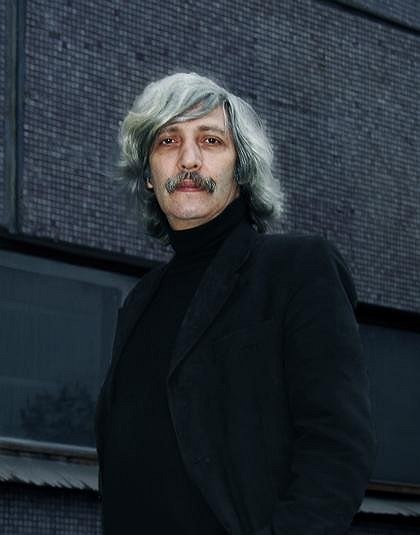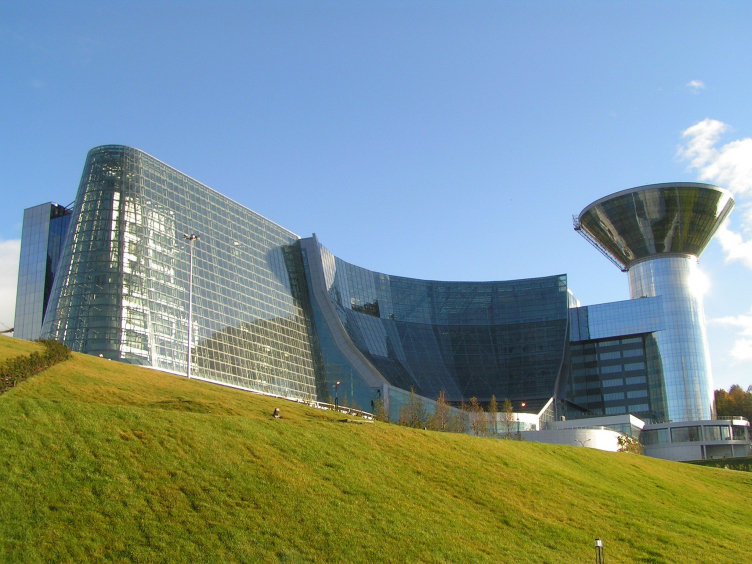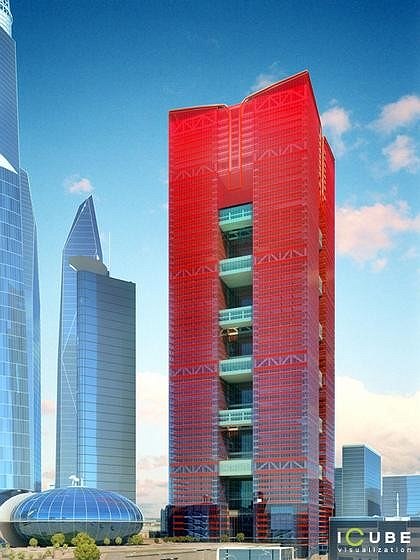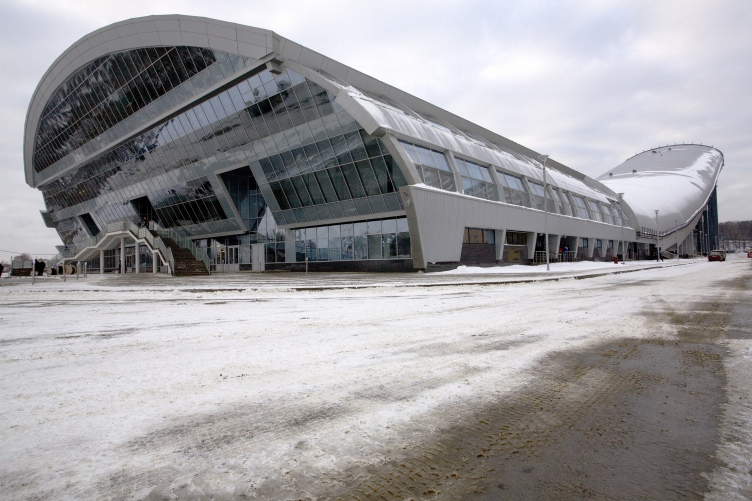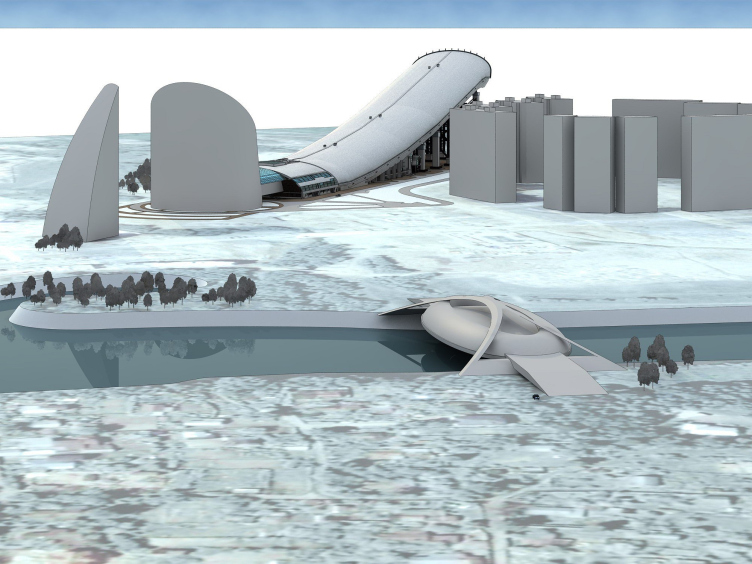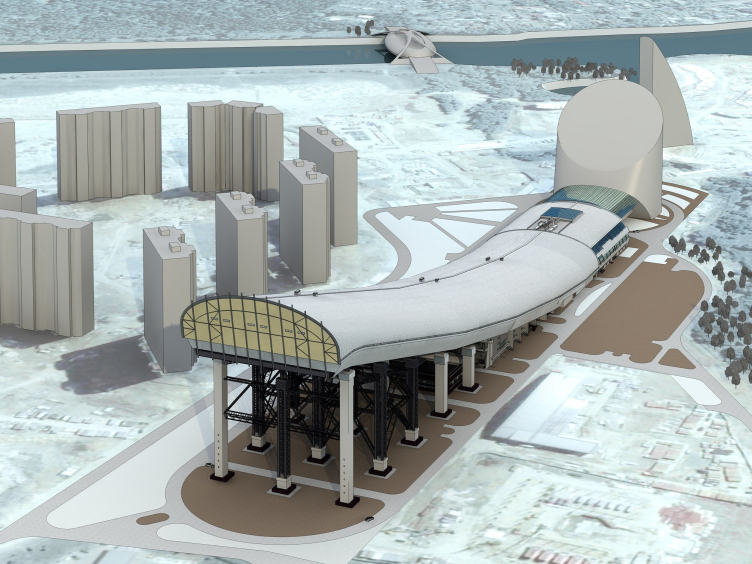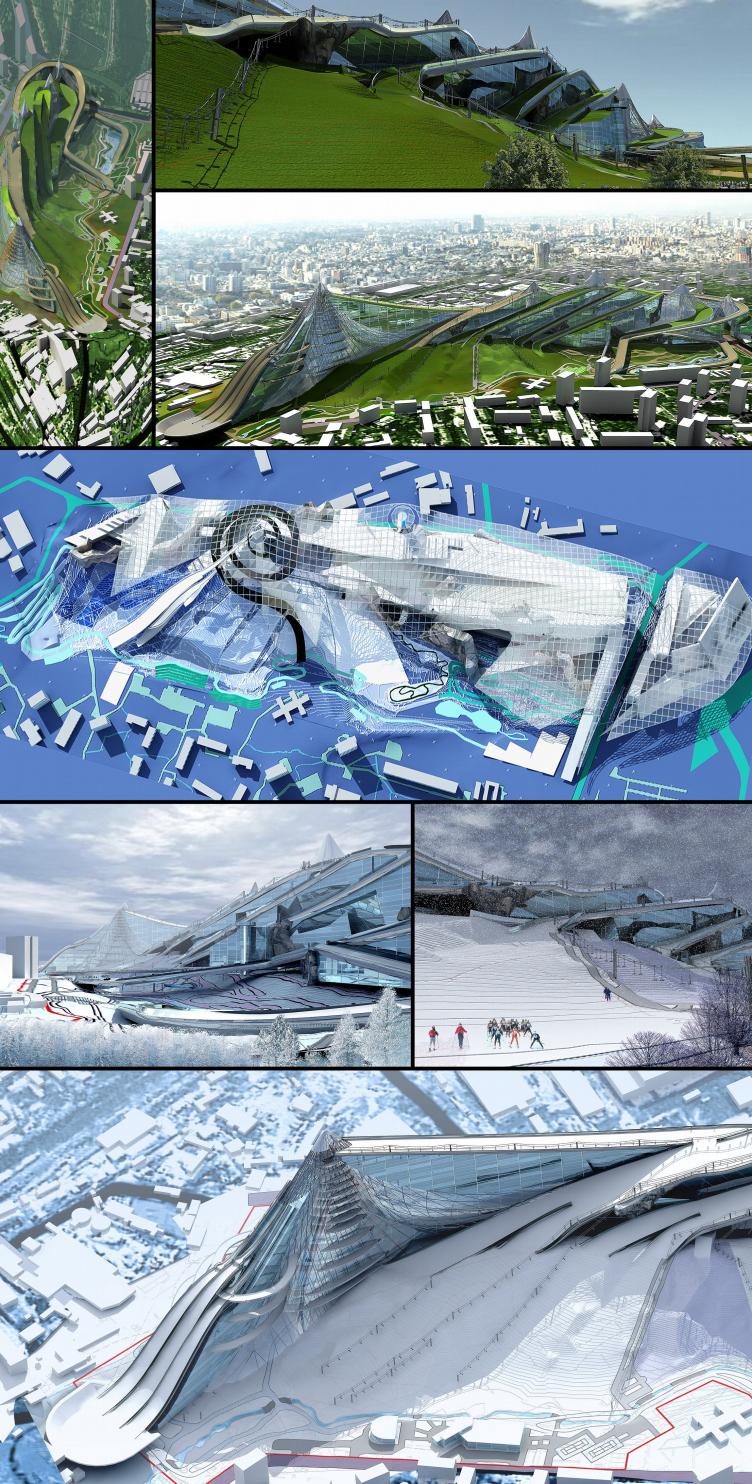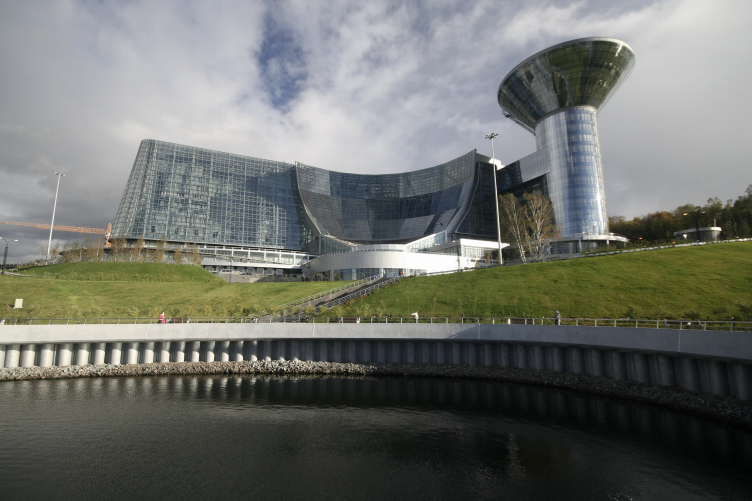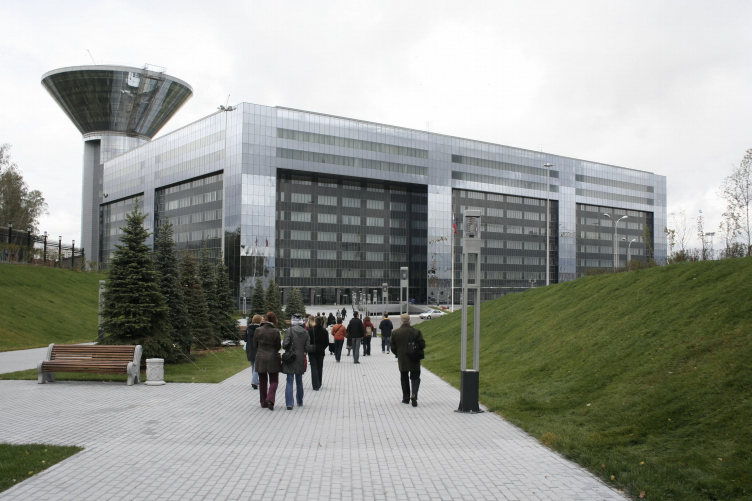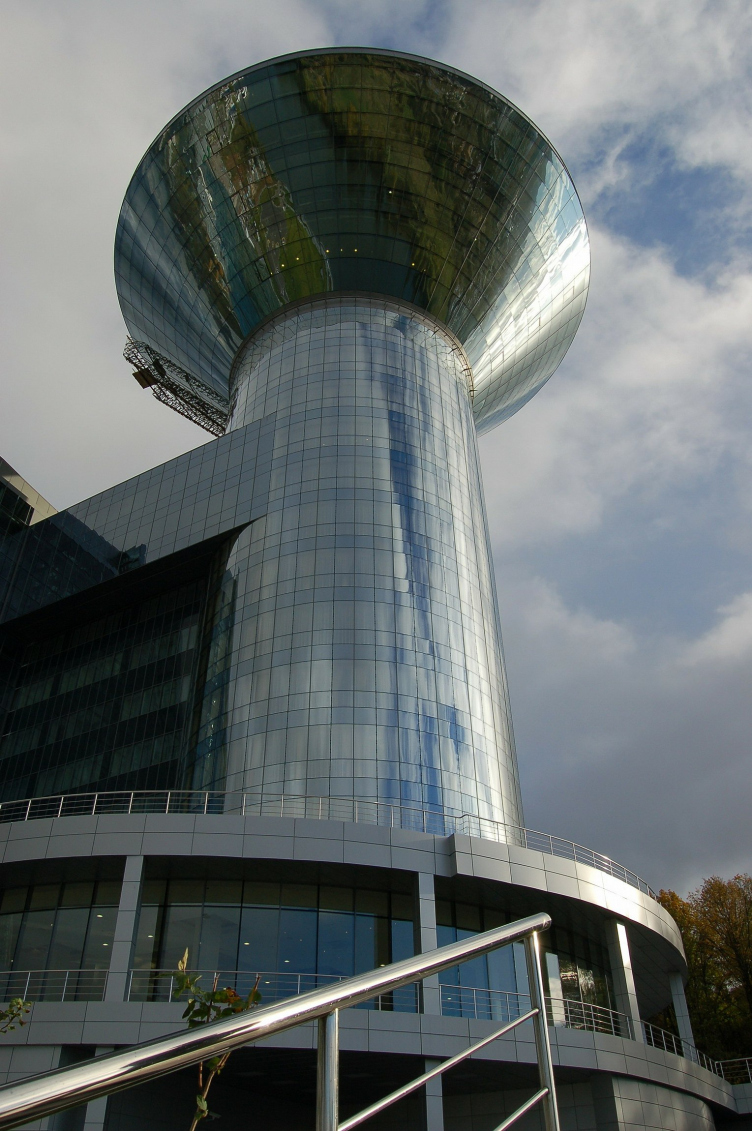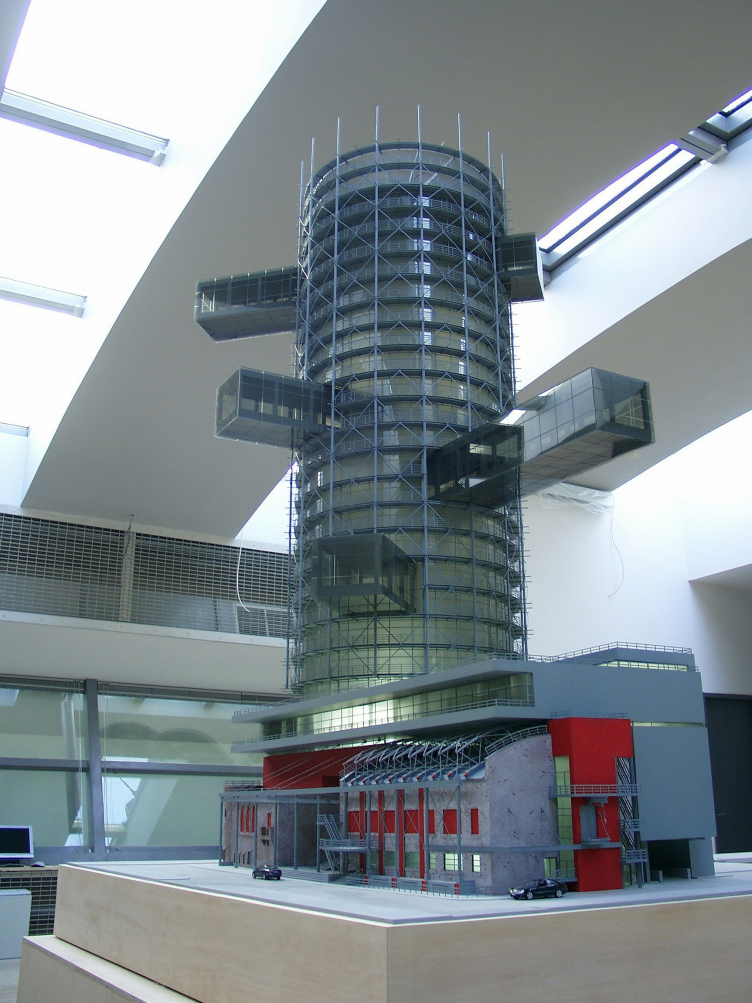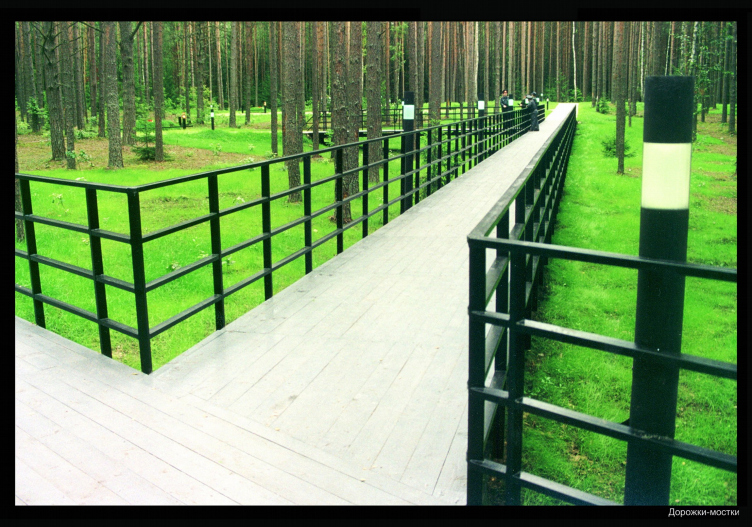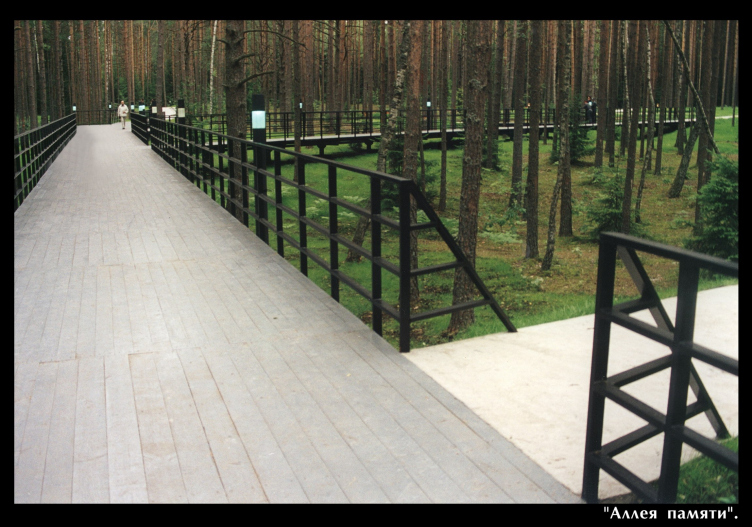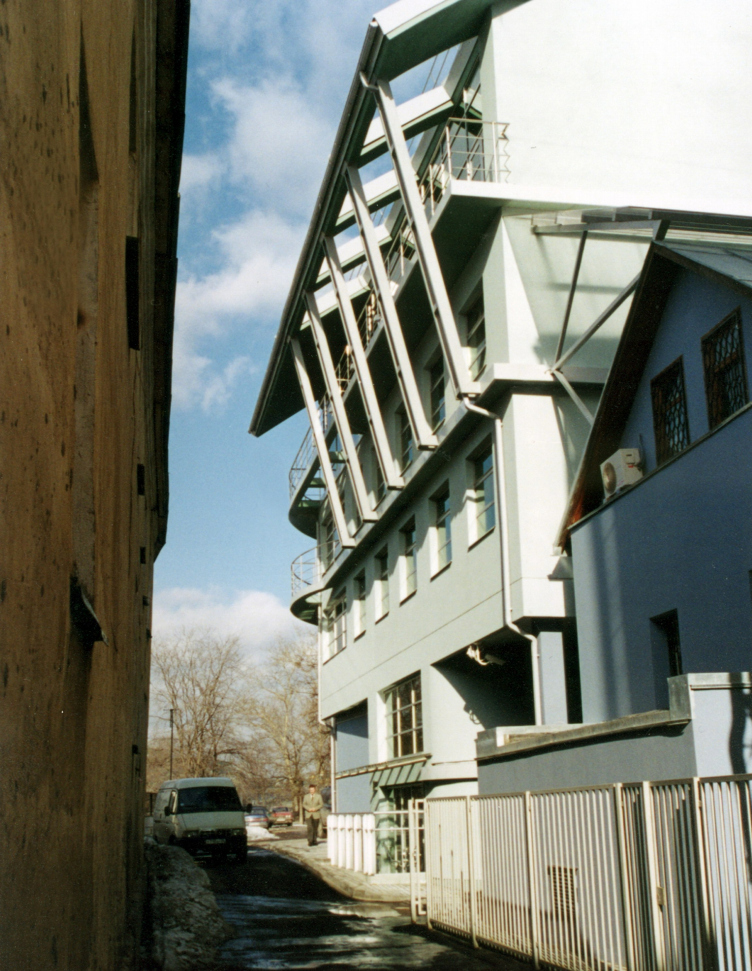No, as I see it, the architectural profession today is of no fixed address, has no specific attachment to a particular city. I find it interesting to work all over the world. And the view from outside is no less interesting, I think, than the view from inside. In general, I’m against boundaries – whether of cities or of countries and continents. I think this is all in the past, that we are all citizens of the world; whether we want it or not, we find ourselves in a global space and architecture is a global profession. Yes, we have a superior knowledge of the situation in Moscow; yes, we know our old city by touch, down to the very last stone, but I know Venice and Florence just as well and perhaps even better than today’s Moscow. Because Florence and Venice have long since been conserved, while Moscow is developing furiously and changes every month.
But what about the Moscow school of architecture?
I’m not sure there is a specific Moscow school. Probably, there are just particular strong personalities among our teachers, who at a certain moment in time came together at MARCHI [Moscow Architecture Institute], in Moscow. There are, of course, traditions handed down within families and schools, and I’m aware of such traditions all the time. But architecture nevertheless springs not just from tradition, but from something else as well – something seated deep within us and possibly given us ‘from above’. Although I live in my grandfather’s house and am very conscious of this and love Moscow, I get pleasure from working everywhere where there is an opportunity to perfect something using architecture.
How do you evaluate the part you have played in transforming Moscow?
I have a kind of guilt complex about this, but we were in the presence of enormous pressure from investors, pressure that we could have resisted only by standing together. It’s a pity that we architects were unable to do so… Our lack of unity, the nuances of the situation at the time, and the fact that we, as architects, were objectively ranged on the same side of the barricades as investors, developers, and clients with, against us, those who were trying to protect the city from us – it would have been very difficult to keep running from side to the other. Many of us at the time preferred to keep out of the thick of it and observe the fighting from a nearby hilltop before turning up, ‘dressed all in white’, once the field was clear. To make a proper assessment, more time has to be allowed to pass. But it’s already obvious that for the last 20 years it’s been impossible to implement urban-planning programmes. Architects have had to emigrate to minor jobs, work on a small, local, scale, and have usually stopped thinking on an urban scale, as was the practice in the preceding age.
Can you identify anyone who is working in the same tendency as yourself?
I feel I’m in the mainstream. In the global mainstream, I hope. The current tendency is technology, and it's one in which we Russians have not been too prominent to date. And yet we’re moving in the same direction as the rest of the world, only we lag behind when it comes to construction technology. The present rules of the game allow maximum results to be attained with maximum exploitation of minimal technological capacity. I have often had to work at the very limit of this capacity and even beyond that limit. There are many other architects who can broadly be called my fellow-travellers. We travel the same road and at the same time. You could say we’re in the same rank. We see the breast of a fourth person, but in the same rank, and this new wave includes architects from the West and East.
Does this mean that the present time can be characterized by the transformation of architecture into technology?
As I see it, what’s happened is as follows: with the development of the construction industry, architecture, which was previously perceived as something eternal, began from the 1950s and 60s to be seen as merely temporary. However solidly we build, this architecture is supposed to serve a certain length of time and then be transformed or give way to another architecture and disappear.
Like the architecture of theatre sets?
Theatre sets are altogether short-lived, virtual, whereas this is something different. It’s a matter of being built to last a finite period of time. It would be right to compare modern architecture to airplanes, cars, or ships – when these machines have served their useful life, good examples are measured and recycled and the very best are put in museums or are themselves museums, while all the others are replaced with new stuff that meets contemporary requirements. This does not apply to particular works of architecture which it has been decided to leave unaltered and which future generations will probably recognize as an important contribution to the cultural and historical landscape. I could name a number of works from Soviet and post-Soviet architecture of the 1960s, 70s, 80s, and 90s which will perhaps be preserved for ever as monuments of the age in which they were built.
And which of your own works will be preserved?
I don’t know. Of course, I very much hope that all our built projects will perhaps be kept for future generations. That’s what I would like, but I understand that many of my buildings will probably at some point be demolished or altered. But if even a single building survives, that’s great.
Do you think Moscow architecture is currently under pressure from the West? And if so, will it withstand this pressure?
No. The division into Russian and foreign architecture is artificial. The two are slightly different shades of the same process. Of course, due to various circumstances foreigners in Russia have been treated obsequiously or with enmity or suspicion. But Russian clients have always regarded foreign architects as a kind of ‘brand’. To fight against influence from outside is the same as throwing oneself in front of a train. The world is global – there’s nothing you can do about it. There aren’t, in fact, all that many big-name foreign architects, and clients want architecture that belongs to a famous brand. In the minds of clients, our architects have yet to attain this kind of brand recognition. Clearly, super-stylish and home-grown things cannot exist on the same shelf. There are two paths for us to go down: either we begin to create our own new brands or we are content to perfect our matryoshki, shoulder yokes, and Kokhloma and Vyatka decorative toys, but in the latter case it’s better not to modernize anything but to follow the canons and traditions religiously.
But investment activity and architecture may develop in different ways. There’s Prague and Warsaw, where the pressure of Western big-name architects is not so great but there is plenty of opportunity for doing things and these opportunities are exploited by modest local schools of architecture. And there is Shanghai, where there are plentiful stars but this doesn’t prevent local creations from growing up alongside. What’s going to happen here?
The rapid transition to capitalism has produced a layer of extremely wealthy people, and it’s they who are creating an interest in brands. For them this is, above all, a matter of status. And currently we’re at the peak of this trend: there’s clearly spiralling demand for foreign architects. Of course, it’s sad that our own architects are ignored, but you have to understand that we too have problems: you can’t be secondary, you have to be among the leaders, you have to set the tone, possibly you have to try to exploit the Avant-garde past, the 1920s. But at the same time, you should never be only led, should not take only paths that are well-kept; architecture is always partly a field for experimentation, and if you take no risks, then you’ll never get the best results. So we need more experiments, more innovation at the outer limits of possibility. And we should be grateful to the wandering architectural team that can now be found designing buildings for all over the world, from Dubai to Patagonia, for the fact that the tastes of our boss class, our investors and clients, tastes which were initially shaped during Soviet times, have now taken an abrupt turn ‘to the left’ and have become almost Avant-garde.
And are we going to be able to create something of our own?
Yes, of course. Radio was invented simultaneously in two completely different parts of the world. Approximately the same thing happened with steamships, steam locomotives, and rockets. The age itself sets certain requirements and poses questions that need answers and solutions. Undoubtedly, the traditional handmade line in architecture will remain, and let it flourish. But in my opinion, it’s much more difficult to try to put innovative machine technology in the service of that great art which is architecture. This will be no easy task. We were more or less taught to shape and sculpt and decorate ‘boxes’. But when it comes to finding systematic solutions to enormous urban-planning problems and to working with a scale of a different kind – industrial, gigantic, – that is something that we have to learn from scratch.
Given this kind of technical aesthetic and this kind of scale, is it possible to set one’s sights on creating a masterpiece?
An architect never knows which of his numerous designs will go into the wastepaper basket and which will actually be built. In our workshop it’s the done thing to believe that a design will definitely be built and so we must try to make it as architecturally perfect as possible. But there are many different approaches. There is a moderately commercial line, which is what I see in Moscow. This is very strongly supported by developers and results in excellent, extremely rational packaging for various functions. This is architecture that is convenient, economic, well-built, but it’s as dangerous for the city as the five-storey Khrushchevki [houses erected under Nikita Khrushchev]. Although both types of housing seem to be ways of tackling important and even sometimes noble tasks. Standardized houses did society an honest service, but had a destructive influence on the way cities looked. And today’s ‘characterless’ developer-driven architecture has largely already become a destructive force – due to its anonymous nature, anaemia, and averageness.
What is your method for getting to know modern architecture? Do you read magazines, make trips to look at new buildings abroad, or are you acquainted with one of the leaders of modern architecture?
All three. I know almost all architects whose work appeals to me. If I don’t actually meet them, I at least know what they’re doing. But that’s not the point. The energy that’s needed to create new forms comes from life. From one another, from architects, undoubtedly, too, but this is not the main thing. Like many of my colleagues, I can’t help feeling awkward about other people’s achievements: if someone has already done something, then it’s best to take another route. Although it’s often the case that new ideas, forms, and techniques appear simultaneously. It may be difficult, but you have to try to keep up with the times and outstrip them. Happiness for an architect is being able to turn one’s ideals into reality, and until you’ve done this, there is a feeling of not having said everything, of not having realized everything.
And can you name your ideals?
I believe that architects in any day and age have a chance to change the world for the better, to make it more perfect and more human. Each new generation stands on the shoulders of the previous one, earning at one blow all the experience, both negative and positive, of its predecessors. A highly important factor is the energy, the vital force which should ideally be present in architectural designs.
Is there anything special you would like to design?
I would like to build something in the open countryside and from scratch. Mont Saint Michel…
